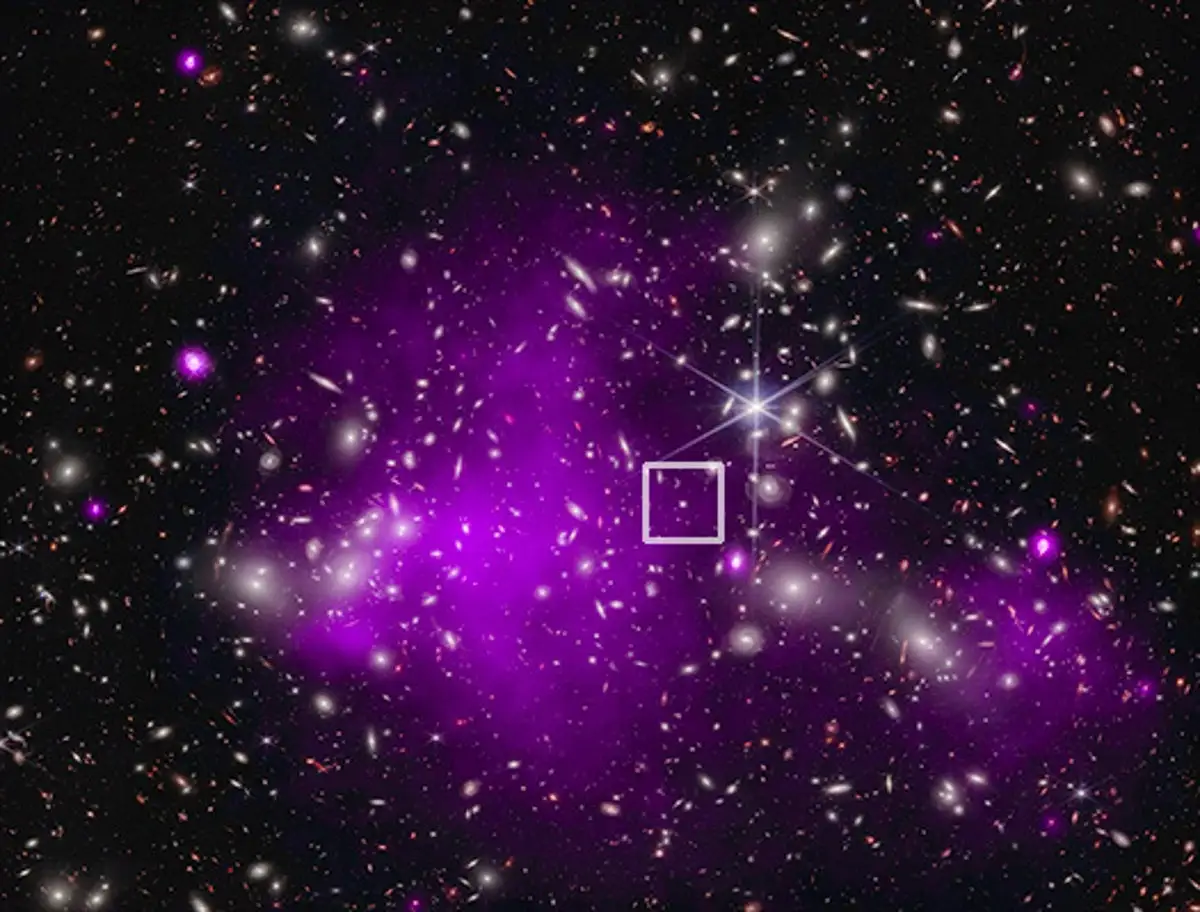The First Big Black Holes May Have Formed without Stars
Astrophysicist Priyamvada Natarajan predicted that black holes can form without the help of stars. New observations support her theory.
As astronomers read back into the first chapters of the universe’s history, they have uncovered a horde of gigantic black holes that seem to have matured much faster than scientists thought possible.
Traditionally, black holes form in the wake of a large stellar explosion, and they grow in mass as they feast on nearby gas reservoirs. But a handful of observations of supermassive black holes in the very early universe have suggested that there’s more to the picture.
In 2006 Natarajan and her colleagues proposed a radical new explanation for how disks of gas could collapse directly into abnormally massive baby black holes without ever forming a star. Last year a joint observation by the James Webb Space Telescope (JWST) and the Chandra X-ray Observatory spotted a distant, radiant black hole that appears to verify Natarajan’s prediction at last.


